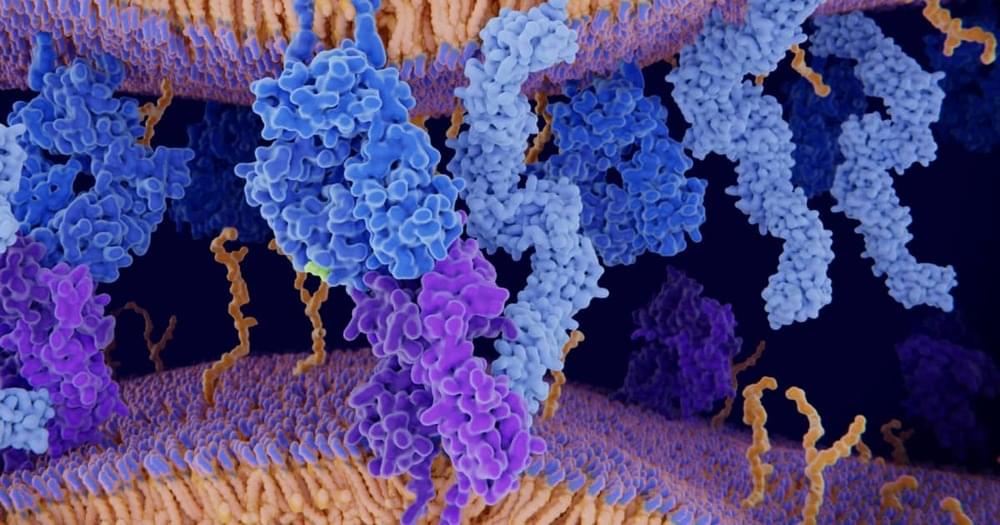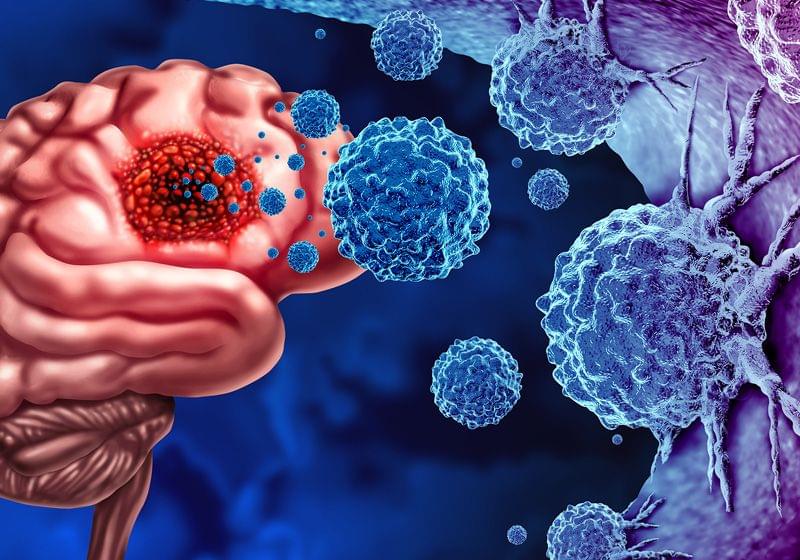“Beginning September 25, every U.S. household can again place an order to receive four more free COVID-19 rapid tests delivered directly to their home.”
Every U.S. household is eligible to order 4 free at-home COVID-19 tests.
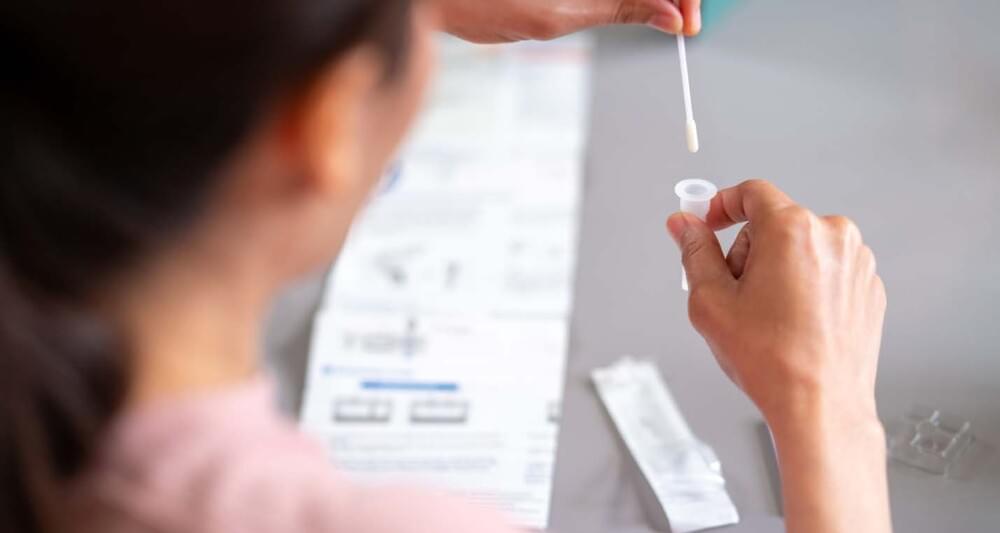

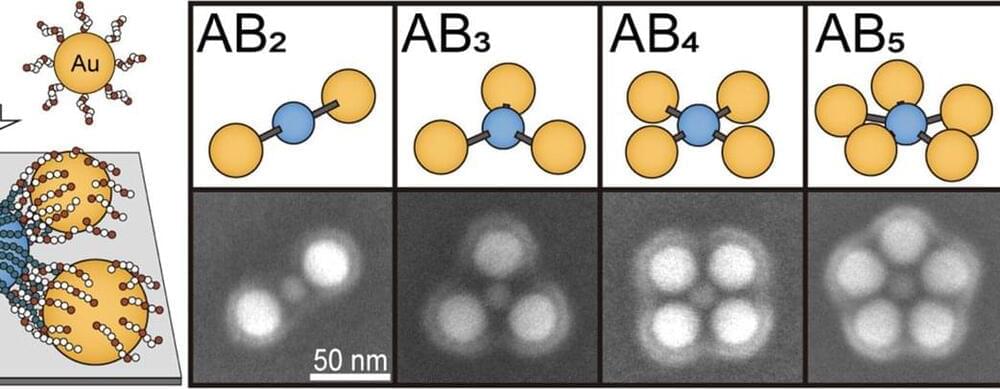
In the incredibly small world of molecules, the elementary building blocks—the atoms—join together in a very regular pattern. In contrast, in the macroscopic world with its larger particles, there is much greater disorder when particles connect.
A research team at the University of Göttingen has now succeeded in achieving the same precise arrangement of atoms shown in molecules, but using nanometer-sized particles, known as “plasmonic molecules”—combinations of nanoscale metallic structures that have unique properties. The results were published in Angewandte Chemie International Edition, which has classified the article as a “very important paper.”
There is a transition area between molecular and macroscopic levels, an in-between zone called the nanometer range, where there is often a disordered aggregation of particles. Precise arrangement of nanometer-sized structures is one of the major challenges in the ongoing miniaturization in electronics, optics and medicine.
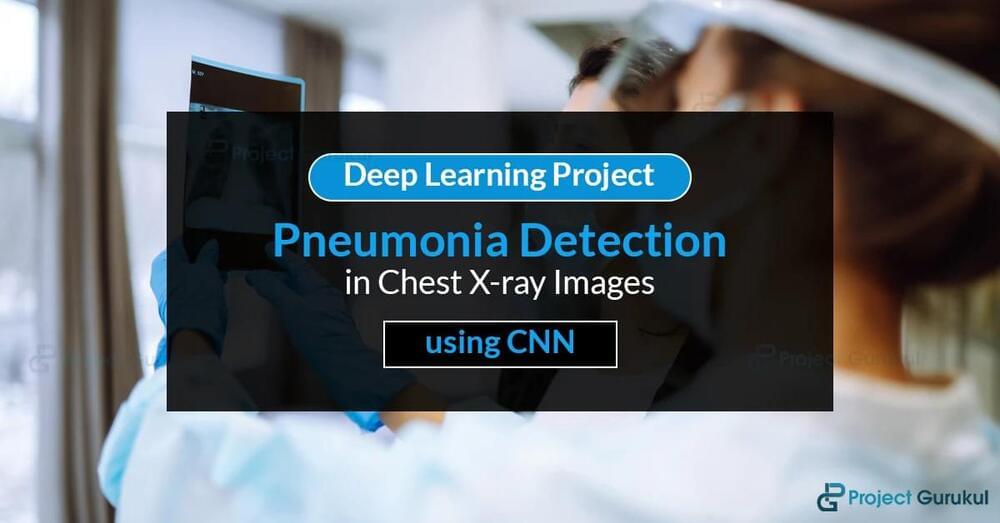

Time to link up or shut up.
Sept 19 (Reuters) — Billionaire entrepreneur Elon Musk’s brain-chip startup Neuralink said on Tuesday it has received approval from an independent review board to begin recruitment for the first human trial of its brain implant for paralysis patients.
Those with paralysis due to cervical spinal cord injury or amyotrophic lateral sclerosis may qualify for the study, it said, but did not reveal how many participants would be enrolled in the trial, which will take about six years to complete.
The study will use a robot to surgically place a brain-computer interface (BCI) implant in a region of the brain that controls the intention to move, Neuralink said, adding that its initial goal is to enable people to control a computer cursor or keyboard using their thoughts alone.
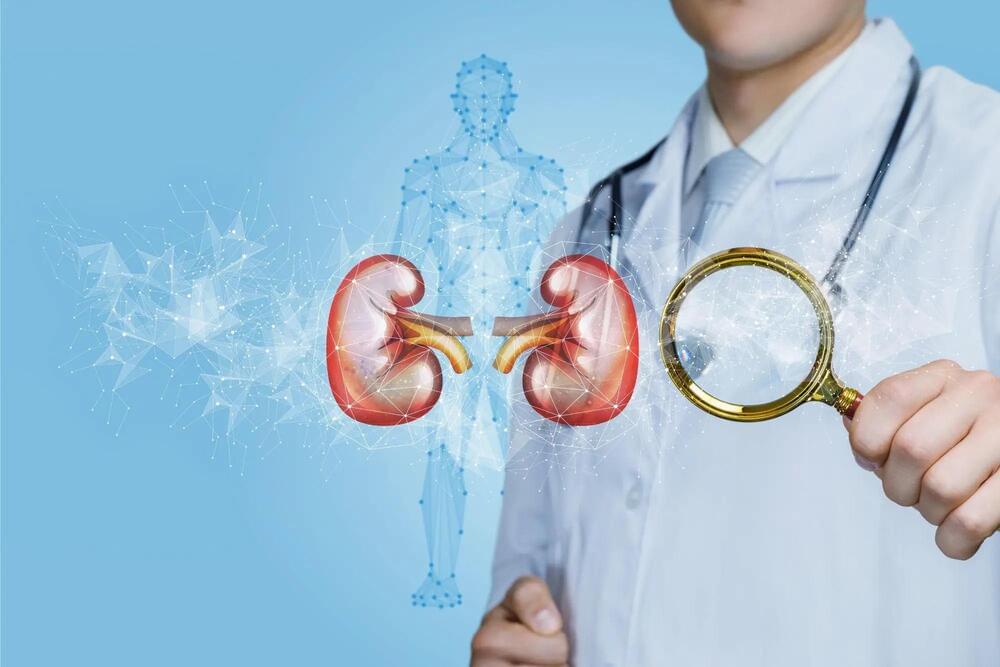
Scientists from the University of Texas at Dallas have identified a previously unknown “housekeeping” process in kidney cells that ejects unwanted content, resulting in cells that rejuvenate themselves and remain functioning and healthy.
This unique self-renewal method, distinct from known regeneration processes in other body tissues, sheds light on how the kidneys can maintain their health throughout one’s life in the absence of injury or illness. The team detailed their findings in a study recently published in Nature Nanotechnology.
Unlike the liver and skin, where cells divide to create new daughter cells and regenerate the organ, cells in the proximal tubules of the kidney are mitotically quiescent — they do not divide to create new cells. In cases of a mild injury or disease, kidney cells do have limited repair capabilities, and stem cells in the kidney can form new kidney cells, but only up to a point, said Dr. Jie Zheng, professor of chemistry and biochemistry in the School of Natural Sciences and Mathematics and co-corresponding author of the study.
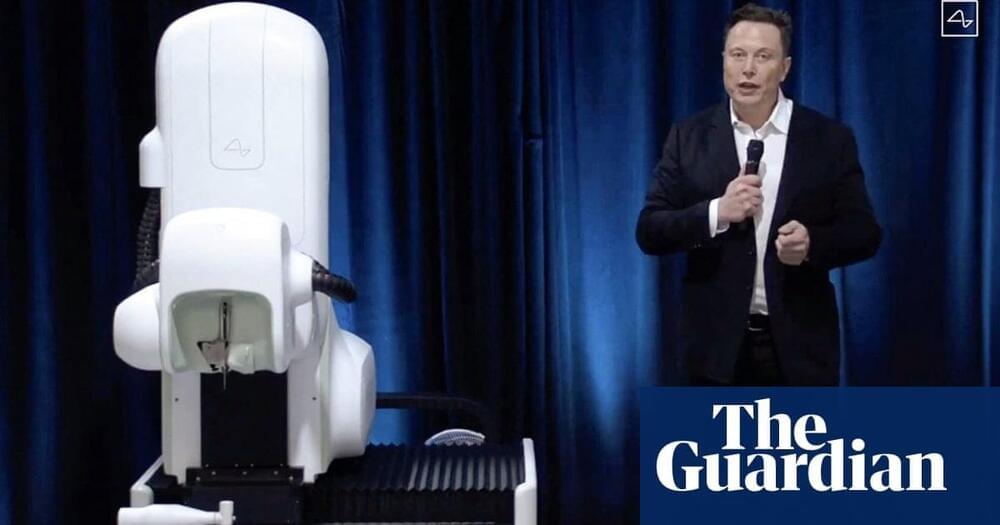

A Texas A&M University professor and a team of pharmacology researchers are spearheading advances in the use of medical cannabinoids for epilepsy and seizure disorders.
A team led by Dr. D. Samba Reddy, a Regents Professor in the Department of Neuroscience and Experimental Therapeutics at the Texas A&M University School of Medicine, has made progress in determining efficacy, safety and new applications of cannabinoid therapeutics. Reddy’s work establishes a foundation for tailored and effective epilepsy treatments, offering hope to those facing its challenges.
The team’s research on epilepsy has resulted in the publication of five key papers featured in the May 2023 issue of the journal Experimental Neurology.
“The medical cannabis research originated from the patient families and advocates in Colorado who have witnessed the positive effects of medical cannabis products,” said Reddy, who is a founding director of the Texas A&M Health Institute of Pharmacology and Neurotherapeutics.
Pharmacology research team reveals breakthrough findings on cannabinoid therapy for preventing epilepsy and refractory seizure disorders.
